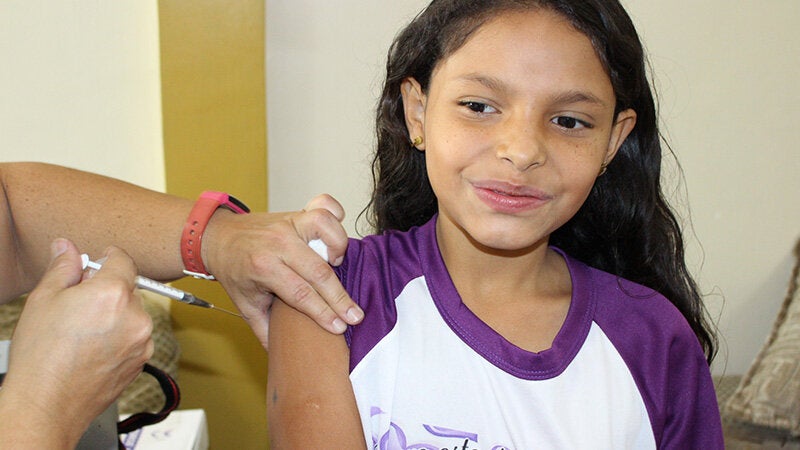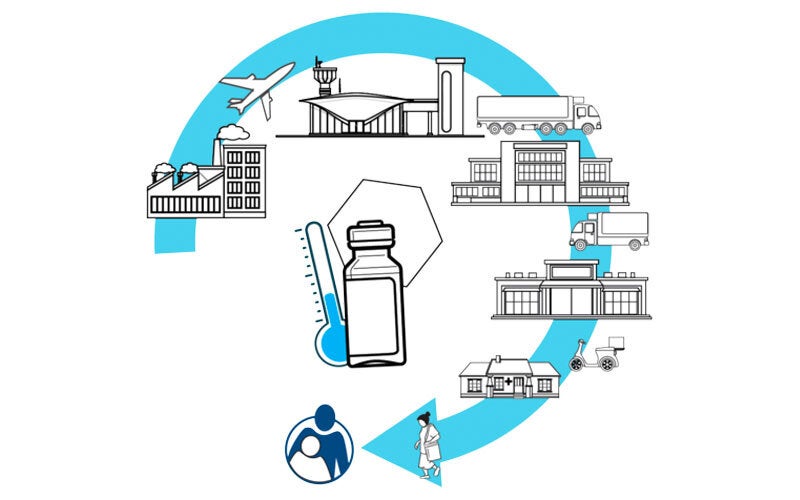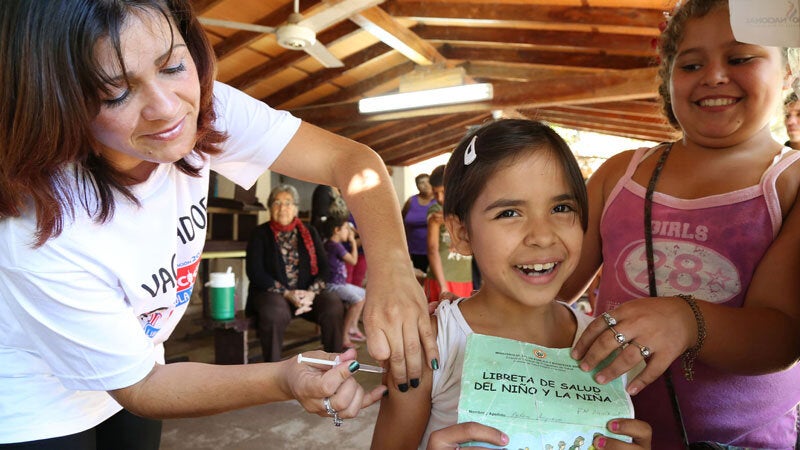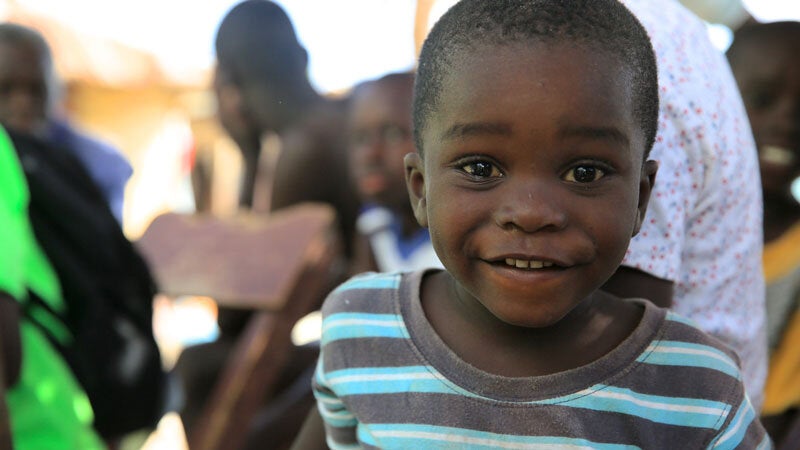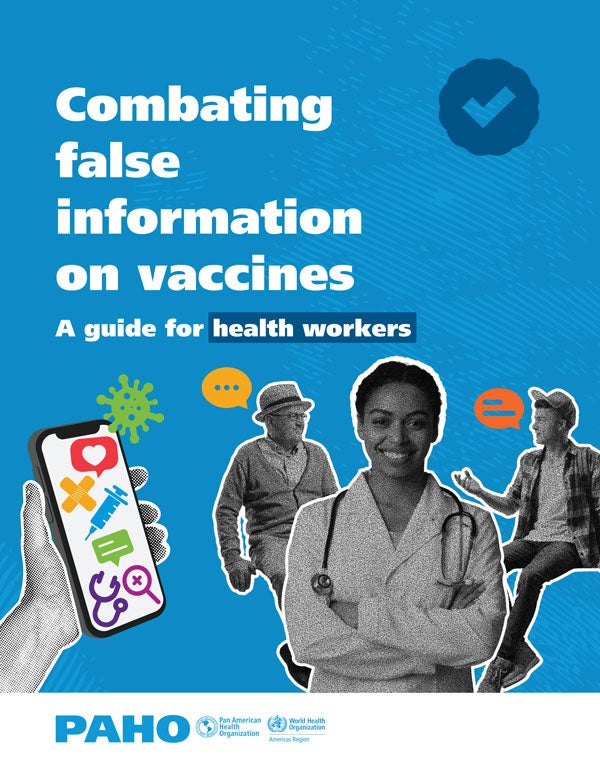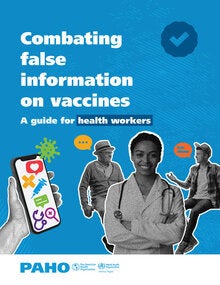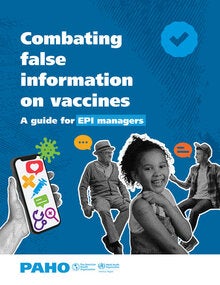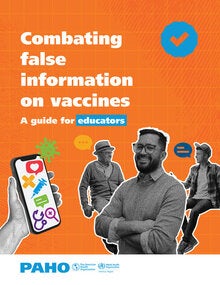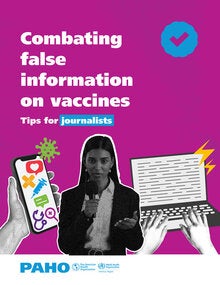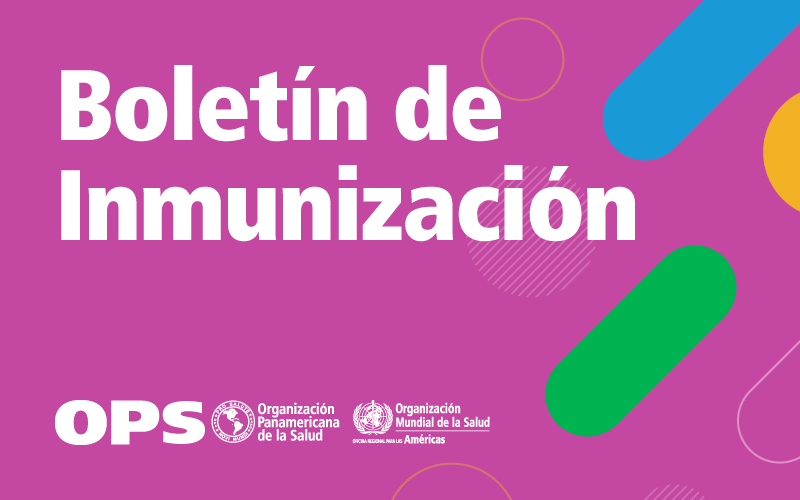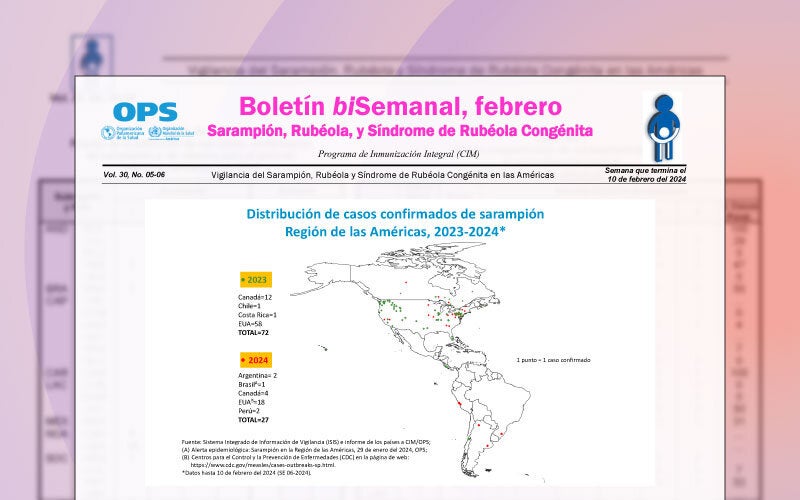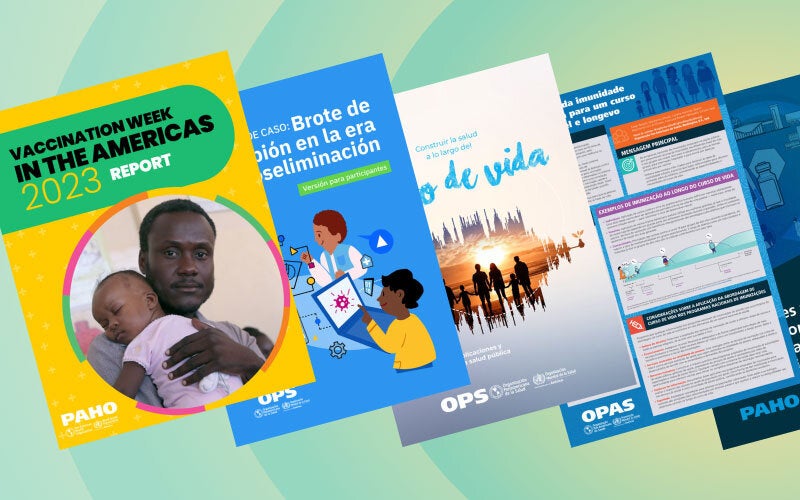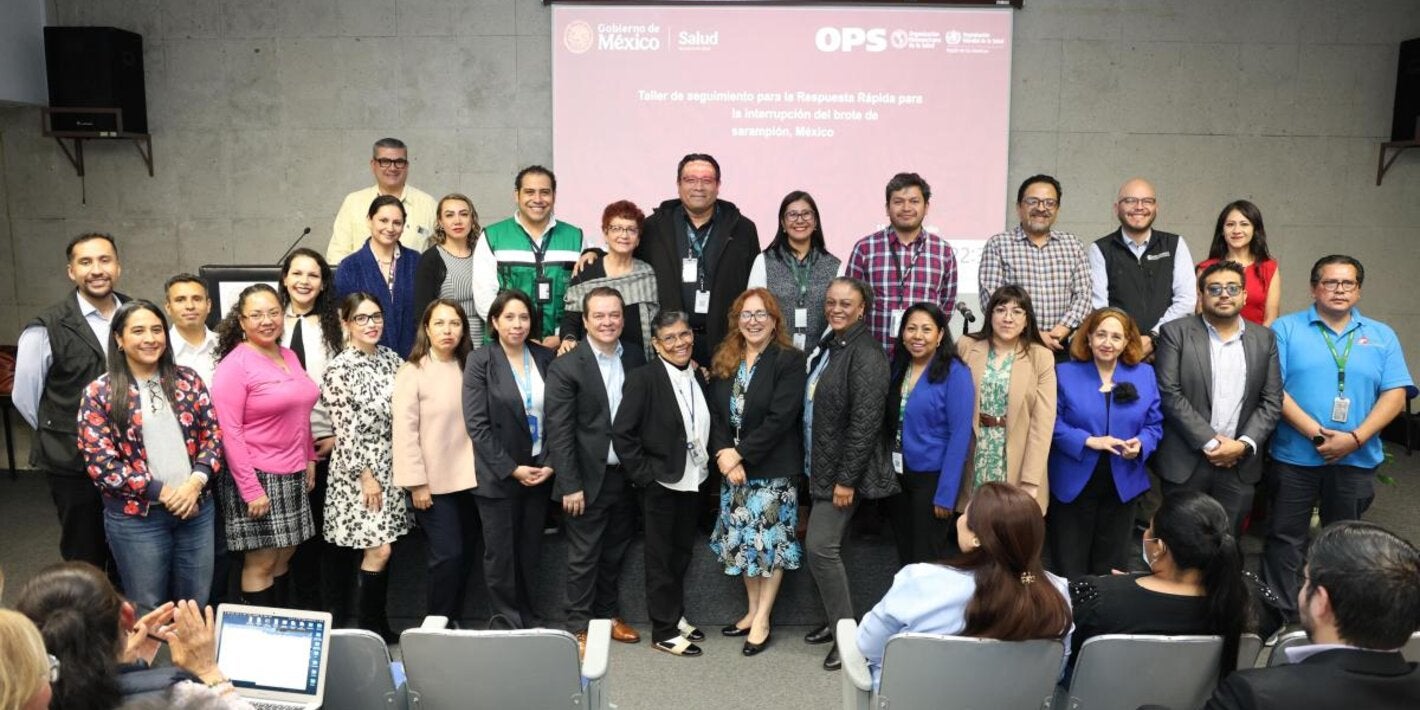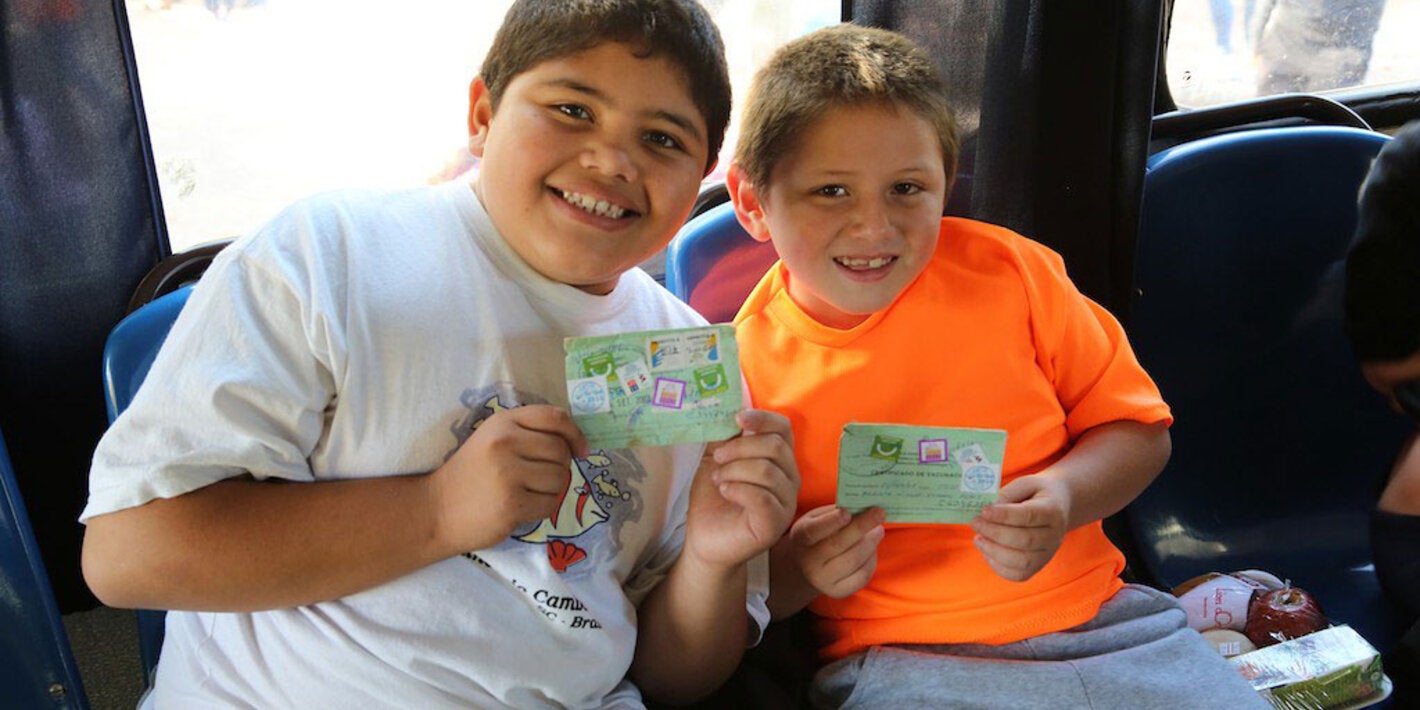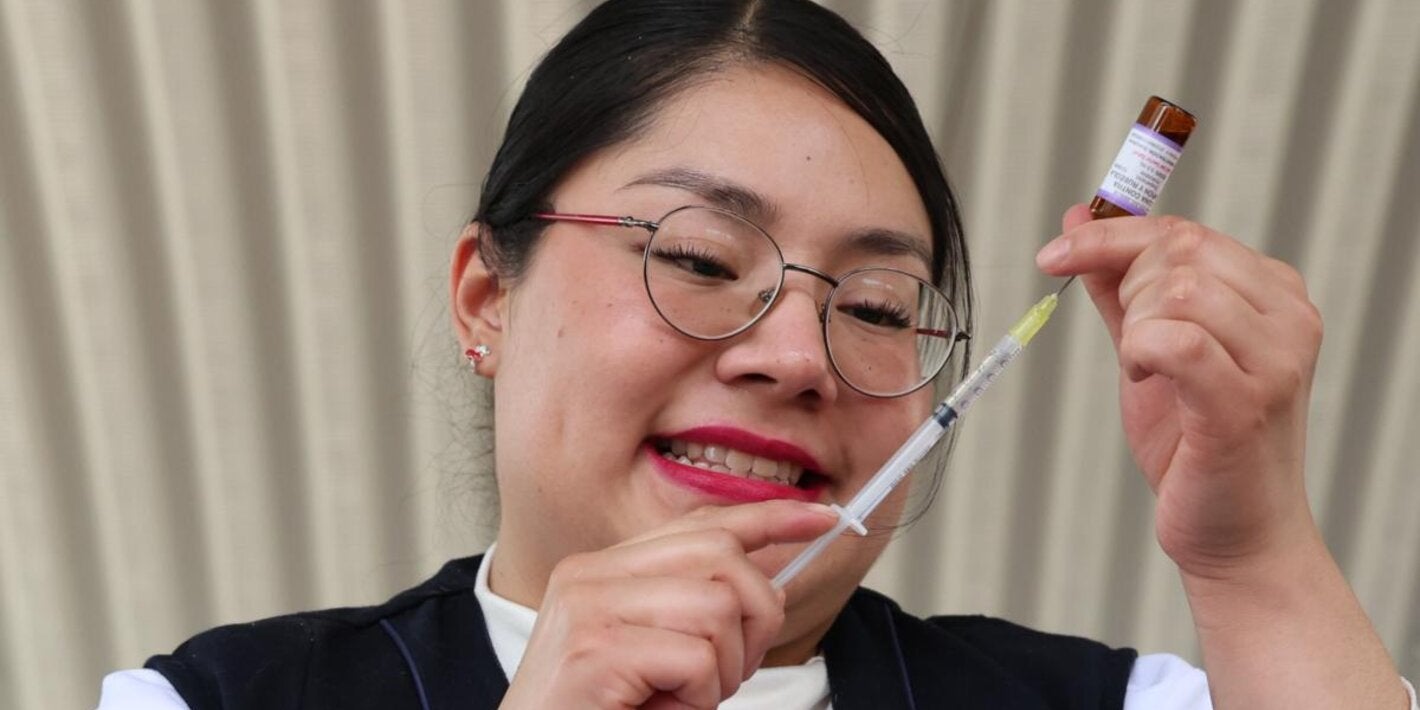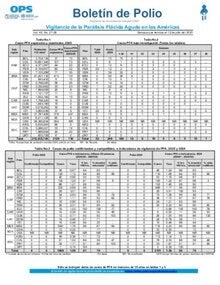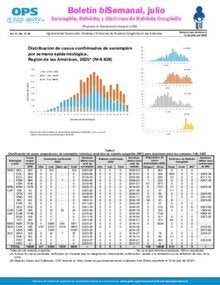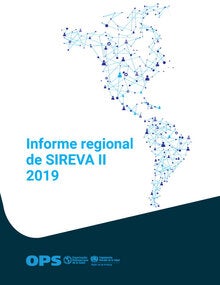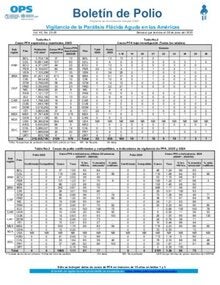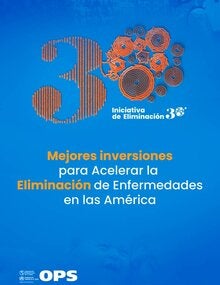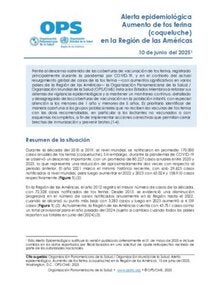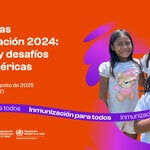La inmunización es el proceso por el que una persona se hace resistente a una enfermedad, tanto por el contacto con ciertas enfermedades, o mediante la administración de una vacuna. Las vacunas estimulan el sistema inmunitario del cuerpo para proteger a la persona contra infecciones o enfermedades. La inmunización previene enfermedades, discapacidades y defunciones por enfermedades prevenibles por vacunación, tales como el cáncer cervicouterino, la poliomielitis, el sarampión, la rubéola, la paroditis, la difteria, el tétanos, la tos ferina, la hepatitis A y B, las neumonías bacterianas, las enfermedades diarréicas por rotavius y las meningitis bacterianas.
Tu decisión marca la diferencia. Inmunización para todos
El Programa Especial de Inmunización Integral (CIM) busca promover y coordinar la cooperación técnica y las alianzas para apoyar los esfuerzos de los Estados Miembros para reducir de manera sostenible y equitativa la morbilidad y mortalidad por enfermedades prevenibles por vacunación (EPV) a través de estrategias de control y eliminación para mejorar la calidad y esperanza de vida de los pueblos de las Américas.
Durante más de 40 años, el éxito del Programa Ampliado de Inmunización (PAI), o Programa Nacional de Inmunización en algunos países, ha hecho de la Región de las Américas un líder mundial en la eliminación y el control de las EPV, como la viruela, la poliomielitis, la rubéola, el síndrome de rubéola congénita, el sarampión y el tétanos neonatal. Desde la creación del PAI en 1977, los países han pasado de utilizar seis vacunas en sus esquemas nacionales de vacunación, a una media de más de 16 vacunas, lo que representa una mayor protección para la población.
En el marco de la resolución "Revitalizar la inmunización como un bien público para la salud universal" aprobada en 2021 por los cuerpos directivos de la OPS, CIM busca revitalizar los programas de inmunización en los Estados Miembros mediante la aplicación de enfoques innovadores y mejores prácticas a través de seis líneas de acción:
- Fortalecer la gobernanza, el liderazgo y la financiación de los programas de inmunización
- Mejorar el seguimiento de la cobertura vacunal y la vigilancia, incorporando estrategias de inteligencia digital en los análisis rutinarios
- Fortalecer la integración de los programas de inmunización en el sistema de atención primaria de salud hacia la salud universal
- Desarrollar enfoques de comunicación innovadores y estratégicos para crear conciencia social y confianza en las vacunas y aumentar el acceso a los servicios
- Fortalecer las capacidades de recursos humanos para los programas de inmunización
- Utilizar pruebas científicas para orientar la toma de decisiones y la ejecución de programas
Agenda de Inmunización 2030
Plan de Acción Regional de Inmunización para las Américas 2030 (RIAP)
Iniciativa para la Eliminación de Enfermedades 2030
Grupo Asesor Estratégico (GAE) en Enfermedades Prevenibles por Vacunación (EPV)
















